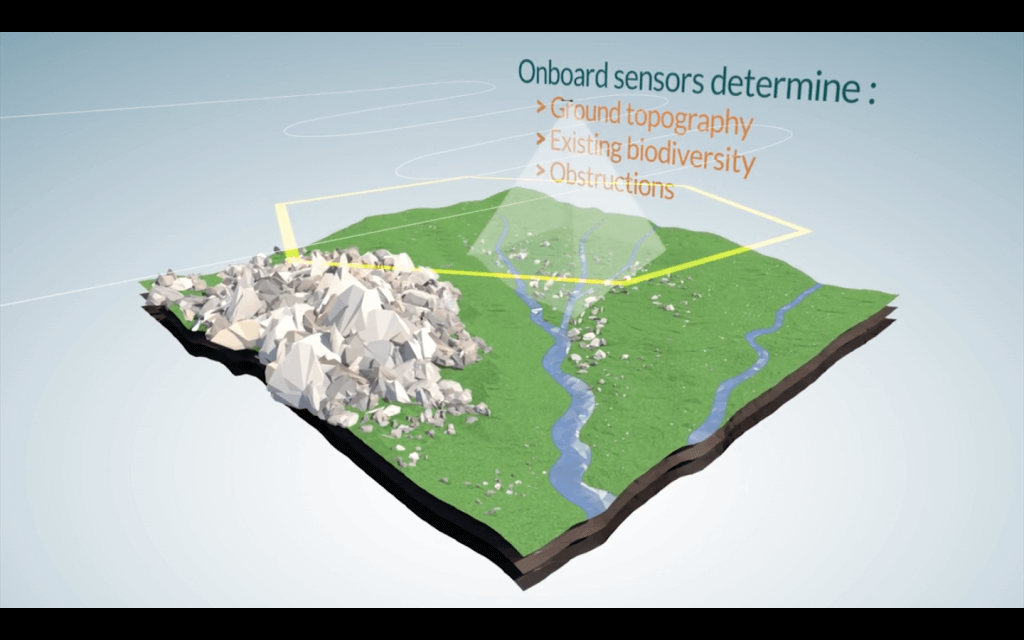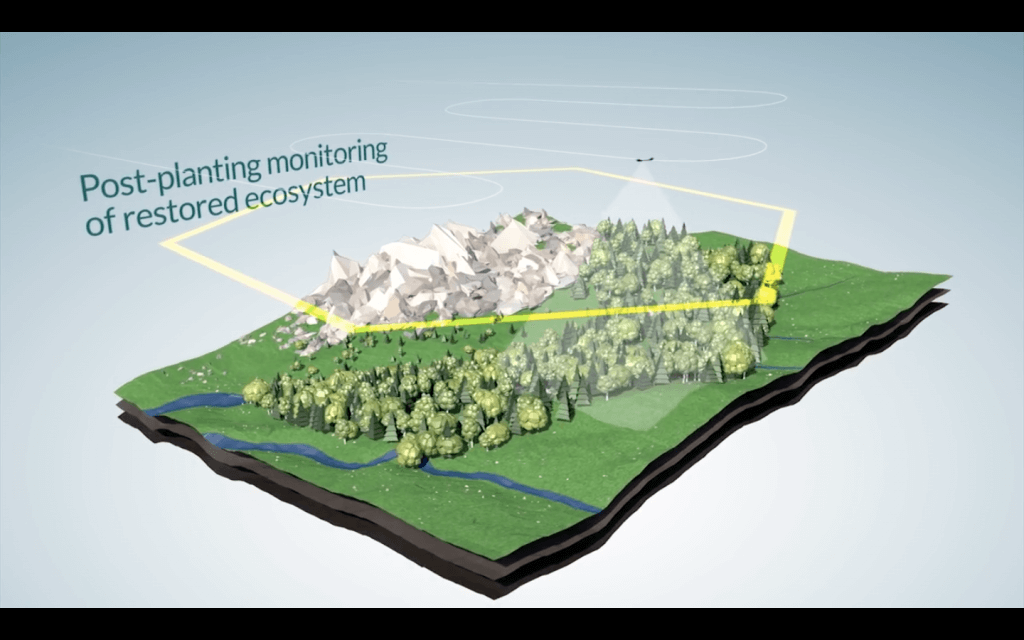Myanmar mangrove reforestation receives a boost from drones
The replanting of mangrove trees along Myanmar’s Irrawaddy River is set to receive a boost next month with the help of drones developed by UK firm BioCarbon Engineering.
The drones are ten times faster at planting trees than humans are, and due to this efficiency, can cut costs in half. The aim is to restore degraded mangroves, which, due to excessive wood cutting for fuel, agricultural expansion and the construction of fish and shrimp ponds, are disappearing three times faster than rainforests. Only 16 per cent of the original cover left in the vulnerable Delta Region of Myanmar.
Mangroves play a vital role in the fight against climate change. They help mitigate carbon emissions, as well as protect vulnerable coastal communities from extreme weather, while strengthening seafood stocks up to 50 per cent.

A forest from above
Over the last five years, villagers in the delta of Myanmar’s Irrawaddy River have worked with Worldview International Foundation to replant 2.7 million mangrove trees, covering 750 hectares of land. The BioCarbon Engineering drones are poised to cover an additional 250 hectares.
The technology works in stages. First, drones survey the land, gathering information about the topography and soil quality. Next, the data is analysed to determine which species of tree to plant and where. Drones then fire the relevant nutrient-filled “seed pods” with enough force to penetrate the soil within centimetres of its target—an innovation that’s much more accurate than aerial spreading.
In UK-based test plots run by BioCarbon Engineering, trees planted by drones are experiencing strong survival rates, and in some species, they’re comparable to hand planting.
It would take six drones working simultaneously to reach the targeted 100,000 plantings in a day in Myanmar. Additionally, the technology will be adjusted to suit local conditions. Mangrove trees grow in water, so the drones must be able to shoot the seed pods in such a way that they travel underwater and reach the soil.
Villagers in the area will be employed to collect seeds, load the seed pods for planting, as well as manage and monitor the trees as they grow.


